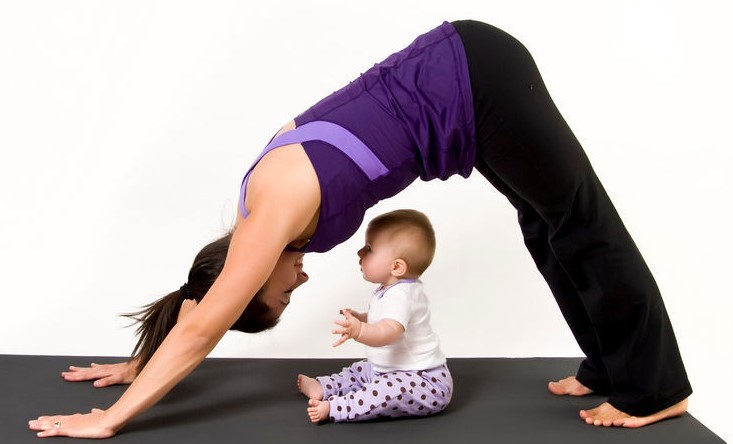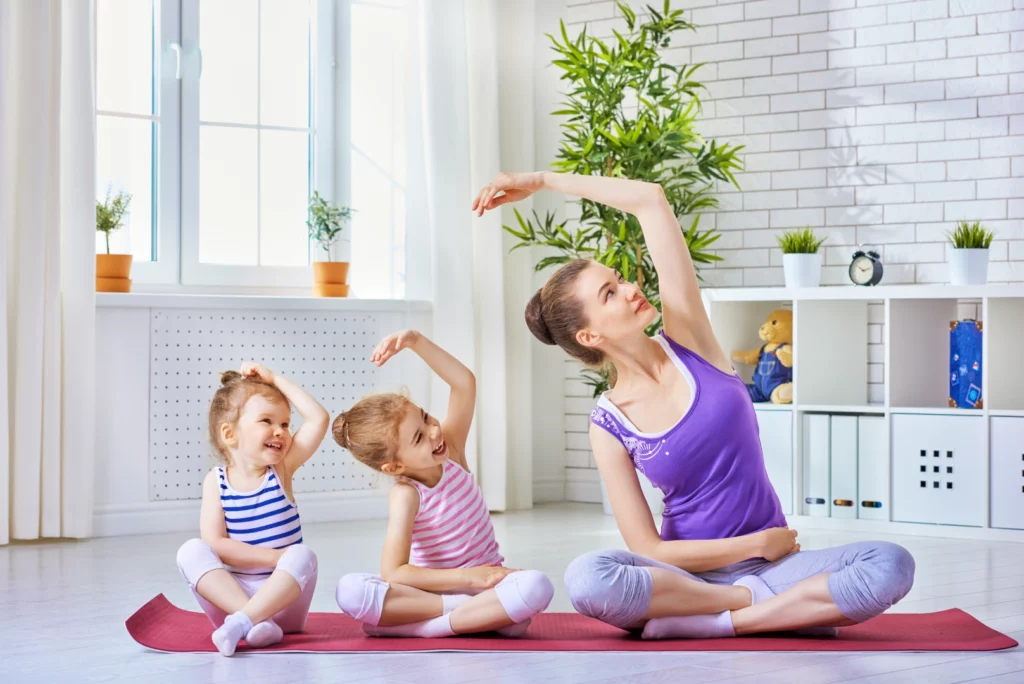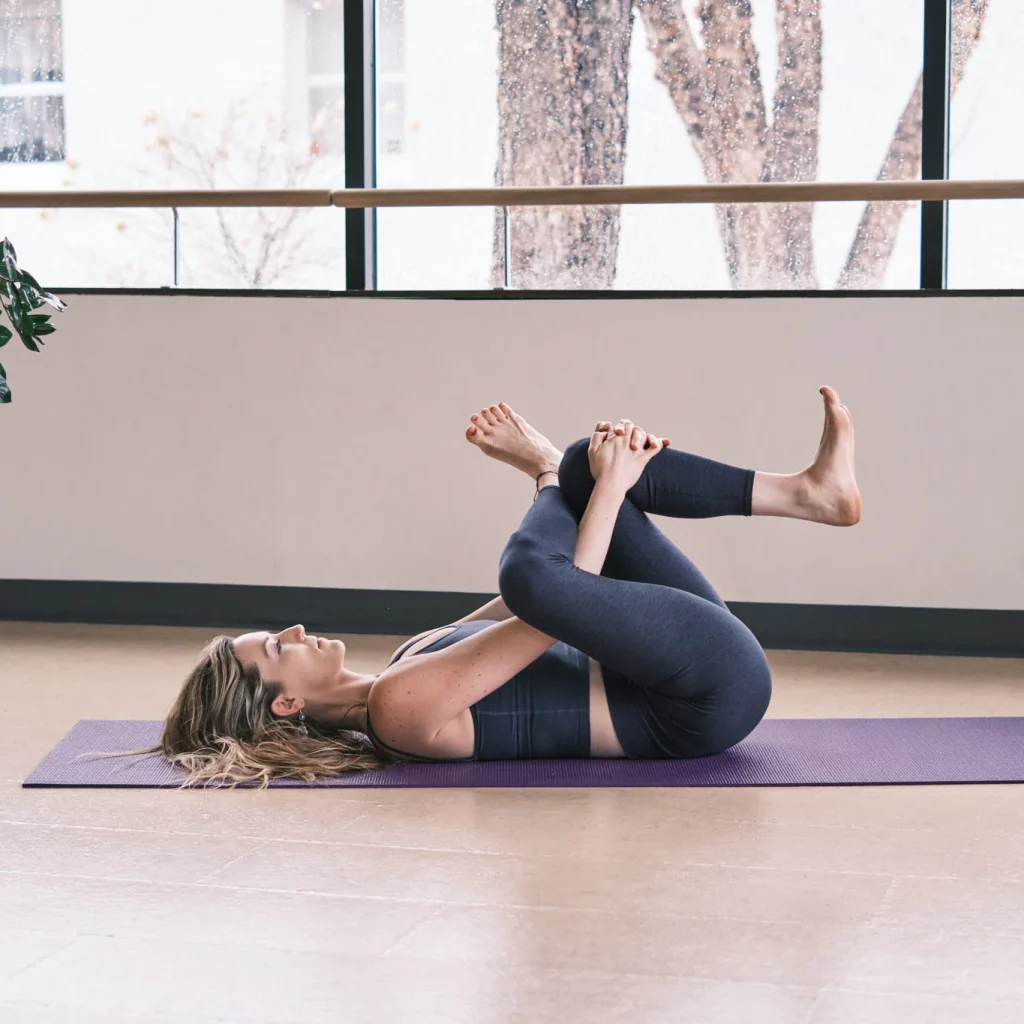Yoga Poses for parents at home is a practical and transformative way to improve physical and mental well-being. Whether you’re a beginner exploring yoga poses for parents seeking the benefits of stress management, or looking to bond through yoga poses for parents and kids, this practice has something for everyone. Yoga for breastfeeding moms provides gentle stretches that aid recovery and relaxation. These five empowering yoga poses will guide you to a healthier, happier, and more balanced lifestyle, all from the comfort of your home.
Top Benefits of Yoga Poses for Parents:
Yoga isn’t just about flexibility—it’s a complete wellness practice. Here’s how it helps parents:
- Stress Relief: Helps reduce anxiety and improve focus.
- Improved Sleep: Regular practice can combat parenting fatigue.
- Strengthened Bonds: Yoga for parents and kids is a fun way to connect as a family.
- Postpartum Recovery: Supports physical healing for breastfeeding moms.
1. Beginner Yoga Poses for Parents at Home:

If you’re new to yoga, these poses are perfect for starting out:
- Mountain Pose (Tadasana): Improves posture and balance.
- Child’s Pose (Balasana): Provides instant relaxation.
- Cat-Cow Stretch (Marjaryasana-Bitilasana): Eases back pain, especially for breastfeeding moms.
To make it easier, consider following beginner-friendly online videos or apps.
2. Yoga Poses for Parents and Kids: Building Connections
Practicing yoga with your kids is both fun and rewarding. Try these poses together:
- Tree Pose (Vrikshasana): Take turns balancing and encourage each other.
- Partner Boat Pose: Sit facing each other, hold hands, and lift your legs to form a “boat.”
- Cobra Pose (Bhujangasana): Kids enjoy imitating animals while parents strengthen their backs.

Yoga together helps foster teamwork, mindfulness, and healthy habits.
3. Yoga for Breastfeeding Moms: Alleviating Discomfort
Breastfeeding can strain the shoulders, back, and neck. These poses provide much-needed relief:
- Seated Forward Fold (Paschimottanasana): Stretches the spine and shoulders.
- Bridge Pose (Setu Bandhasana): Eases lower back pain.
- Thread the Needle Pose: Opens the upper back and shoulders.
Make sure to practice after feeding to stay comfortable.
4. Yoga Poses for Stressed Parents:
Busy days can leave parents feeling drained, but yoga for stress management can help restore balance. Use these stress-busting poses:
- Legs-Up-the-Wall Pose (Viparita Karani): Relieves fatigue and calms the mind.
- Eagle Pose (Garudasana): Builds focus and relieves tension.
- Corpse Pose (Savasana): Perfect for winding down after a hectic day.

Incorporate breathing exercises to enhance relaxation.
5. Tips for Practicing Yoga at Home:
- Dedicate a Time: Set aside 10–20 minutes daily.
- Create a Calm Space: Use a mat, soft lighting, and soothing music.
- Wear Comfortable Clothes: Flexibility starts with ease of movement.
- Use Online Resources: Platforms like YouTube or apps can guide you step-by-step.
Conclusion:
Incorporating yoga into your routine can transform the way you approach parenting. Whether you’re a beginner exploring yoga for parents at home, seeking stress relief with specific yoga poses for stressed parents, or wanting to bond with your children through yoga for parents and kids, the benefits are undeniable. For breastfeeding moms, gentle yoga poses offer targeted relief and recovery while also supporting mental health and reducing the risk of postpartum depression. Making yoga a family activity promotes health and mindfulness for everyone. Start small, stay consistent, and enjoy the lasting wellness yoga brings to your parenting journey!
FAQS:
1. What is the best age to start yoga?
Children can begin yoga as early as 3 to 5 years old. At this age, they can engage in simple poses and breathing exercises that promote flexibility, focus, and mindfulness in a playful manner.
2. What are 5 benefits of yoga for children?
- Improves flexibility and physical strength.
- Enhances concentration and focus.
- Reduces stress and promotes relaxation.
- Boosts self-confidence and body awareness.
- Encourages healthy habits and mindfulness from a young age.
3. What is the most powerful yoga form?
Ashtanga Yoga is often considered one of the most powerful forms due to its dynamic sequences that combine strength, flexibility, and mental discipline. It is highly structured and effective for overall health and vitality.
4. Why do we do family yoga?
Family yoga fosters stronger emotional bonds, improves communication, and creates shared positive experiences. It promotes health, relaxation, and mindfulness for both parents and children, making it a holistic family activity.
External Resources:
Benefits of Yoga for Parents and Families

Empowering parents to raise happy, confident kids. Get practical parenting tips and advice on our blog, Smart Parent Guides.
